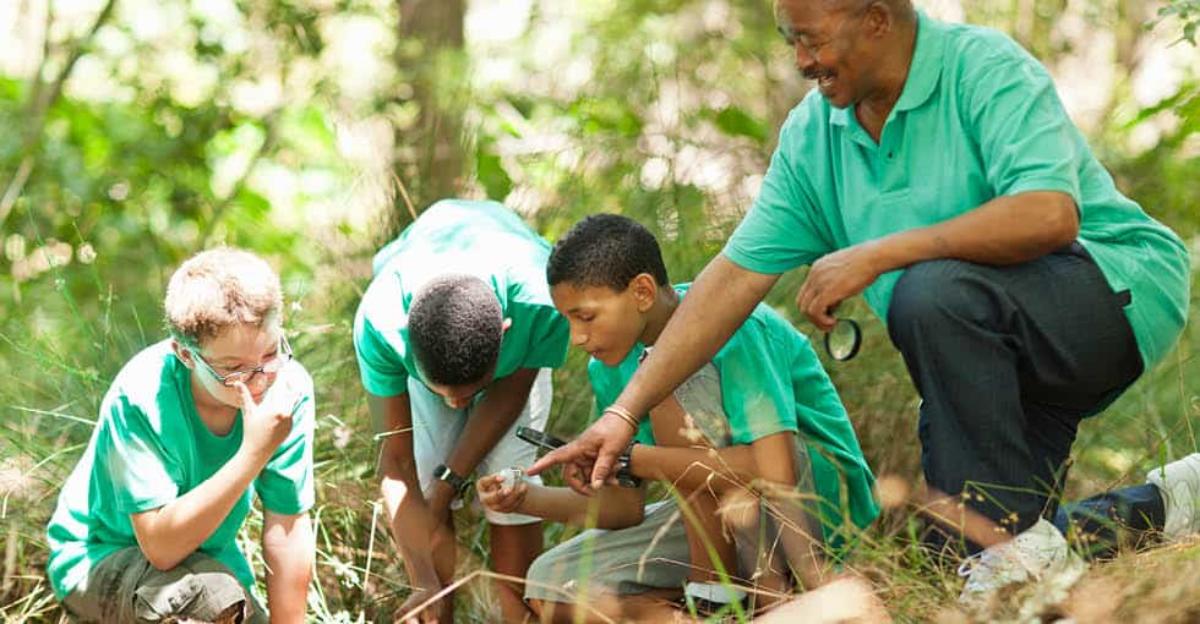As a teacher you already know that spring fever can wreak havoc in the classroom. You may be left wondering if there is any hope of teaching your students anything new between spring break and the end of the year. This period is filled with dreams of summer and the desire to get outside and explore the world. That’s why you need to plan for activities that take advantage of children’s curiosity and blossoming interest in the world around them.
Don’t Fight the Feeling
Trying to fight spring fever isn’t likely to be successful. Spring fever isn’t just a feeling. It is rooted in real physical and psychological changes that take place in the body as the days lengthen and the weather warms, explains FOX News Health. The increased amount of light causes the brain to produce less melatonin (the sleep hormone) and our bodies (including the bodies of children) require less sleep. This in turn spurs us to get out and get more exercise, which further lifts moods and increases energy. For elementary school children, the combination of elevated moods and increased energy leads to more daydreaming and less time spent on task. No amount of nagging or cajoling will put a hamper on their body’s natural response to spring. It is better to harness the new energy and excitement by planning activities that take advantage of your classroom’s spring fever.
Celebrate Spring
The best way to handle spring fever is to take it in stride and make it part of your lesson plans. Try these tips for dealing with spring fever in your classroom.
Start a Garden
Plan lessons and units on gardening, sustaining the earth and the importance of providing healthy food for our bodies for spring and get your kiddos outside to start their own garden. You may wish to do a classroom garden or work with other teachers to start a school-wide garden. Other options include getting your classroom involved in planting and caring for a community garden if your local town has one.
Nature Walks
Spring is a great time to get your students outside and go for nature walks. You can build observation skills, build on science concepts (like weather, insects, wildlife, trees and plant growth), hone literacy skills by incorporating science journals , and expend some of that excess energy so children are better able to sit still for necessary classroom time.
Save the Planet
Spring is also a great time to start recycling projects or to do a community cleanup project. The very young can clean up the playground or help beautify school grounds, while older children can join community cleanup days in the local community.
Embracing the excitement and energy that comes with spring fever makes life easier for your students and helps you avoid the frustration of trying to control your student’s natural reaction to spring.






Leave a Reply